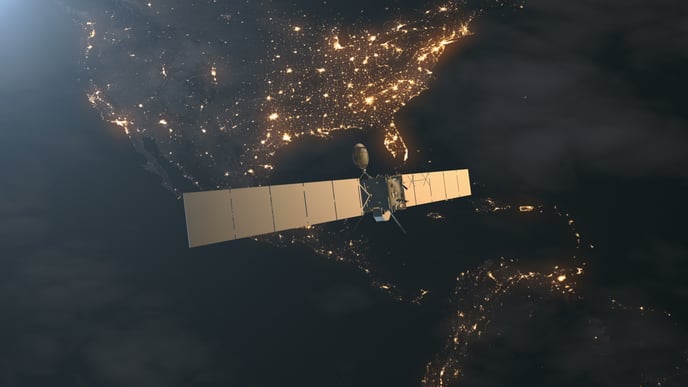What are some reasons a GNSS receiver could have a weak signal?
In general, it is important to ensure that the GNSS receiver is located in an open-sky environment and is free from obstructions or sources of interference to receive strong and accurate signals.
There are several reasons why a GNSS receiver could have a weak signal:
-
 Obstacles:
Obstacles:
Obstructions such as buildings, trees, or other large structures can block or weaken GNSS signals, causing a weak or lost signal. -
Distance from satellites:
The further a GNSS receiver is from satellites, the weaker the signals will be. This can be an issue in remote or mountainous areas. -
Multipath interference:
Multipath interference occurs when GNSS signals bounce off surfaces such as buildings or reflections from the ground, leading to distorted signals and reduced accuracy. -
Atmospheric conditions:
The Earth's atmosphere can also affect GNSS signals, with factors such as ionospheric delay and atmospheric refraction causing signals to weaken or become distorted. -
Interference:
Interference from other devices, such as radio frequency (RF) transmitters, can also weaken GNSS signals. -
Receiver limitations:
The quality of the GNSS receiver itself can also affect signal strength and accuracy, including the number of channels, the type of antenna, and the processing algorithms used.
In general, it is important to ensure that the GNSS receiver is located in an open-sky environment and is free from obstructions or sources of interference to receive strong and accurate signals.
Learn about ROCK's GNSS triple-band network base station, ROCK Base, at https://www.rockrobotic.com/rock-base.
![ROCK-robotic-community-logo.png]](https://learn.rockrobotic.com/hs-fs/hubfs/ROCK-robotic-community-logo.png?width=250&height=50&name=ROCK-robotic-community-logo.png)